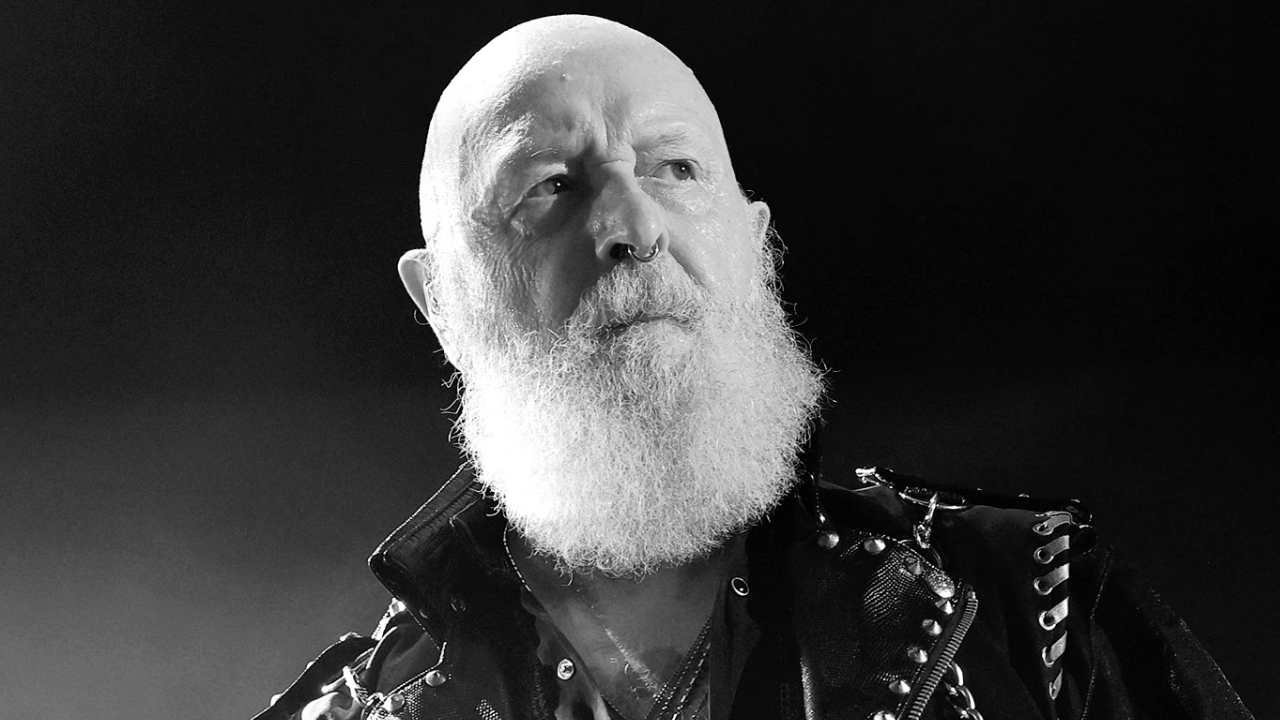“We tore them apart with chainsaws”: how Tool changed metal forever
Twisted, provocative and downright weird - this is how Tool began the journey that would turn them into the modern metal’s most influential band
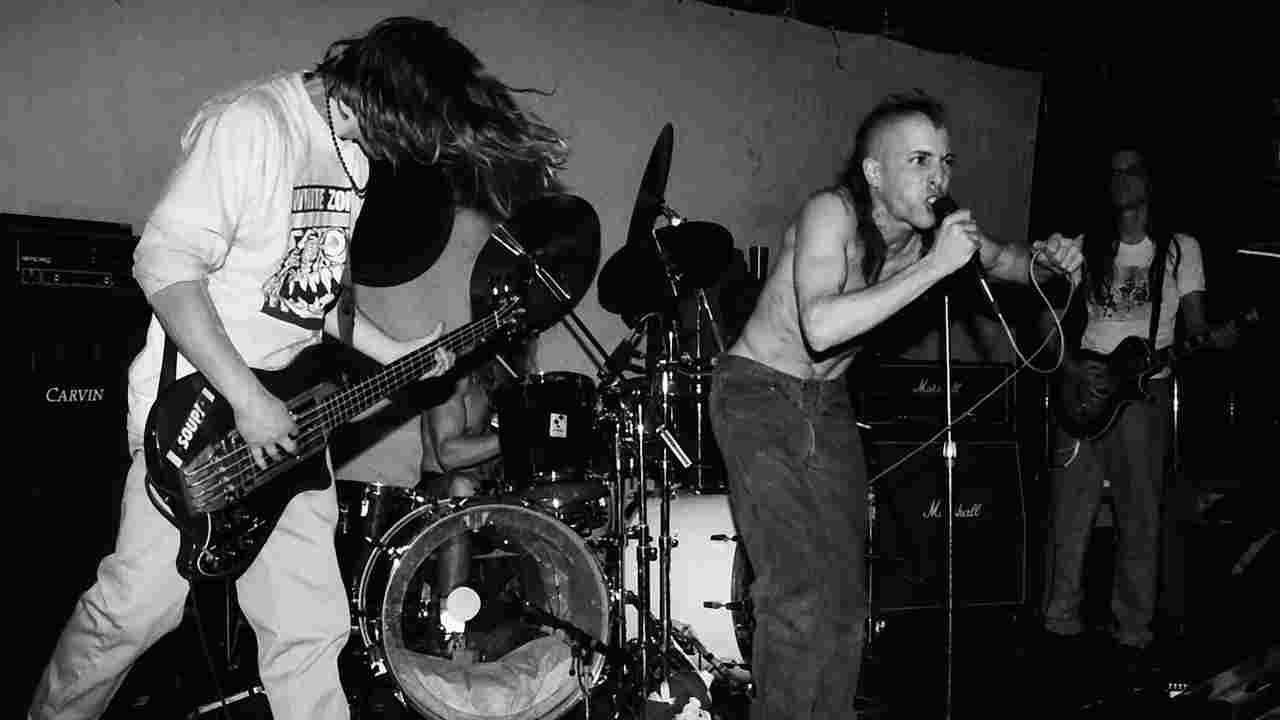
The origins of Tool are as unusual as the band’s music, and were strangely dependent on the comedy band Green Jello formed by Hollywood resident Bill Manspeaker in 1981.
In the late 1980s, future Tool drummer Danny Carey had moved from Kansas to LA and joined the band Karmageddon, which included Green Jello guitarist Steven Shenar.
At the time, Green Jello had a pool of 50 members, and Steven asked Bill if he could bring his other bandmates to jam. Nine musicians met up at Danny’s Hollywood rehearsal space. In no time, Danny was playing with Green Jello, and tipped Bill off about a 6,600 square-foot artist’s loft space nearby, which became the band’s home base.
“I had a whole scene going there,” Bill said. “At three o’clock in the morning there would be 80 people at my house jamming, creating costumes [for Green Jello] and being creative. Anybody that needed a place to stay could stay, so there were always 10 or 20 people living in the house, and we just fed off each other and played. I didn’t care if I had 20 guitar players, 14 bass players and seven drummers all jamming. ‘Yeah, sure! Come along. Play!”
Soon after, Bill met future Tool guitarist Adam Jones, who had a good career working in Hollywood on movie special effects, for films including Predator 2, Terminator 2: Judgment Day and Jurassic Park, and had no intention of joining a band full-time.
Adam, who was born in Park Ridge, Illinois, started playing guitar after he found an old acoustic lying around his house, and in his teens he played in a couple of no-name bands with his brother before forming The Electric Sheep with future Rage Against The Machine guitarist Tom Morello.
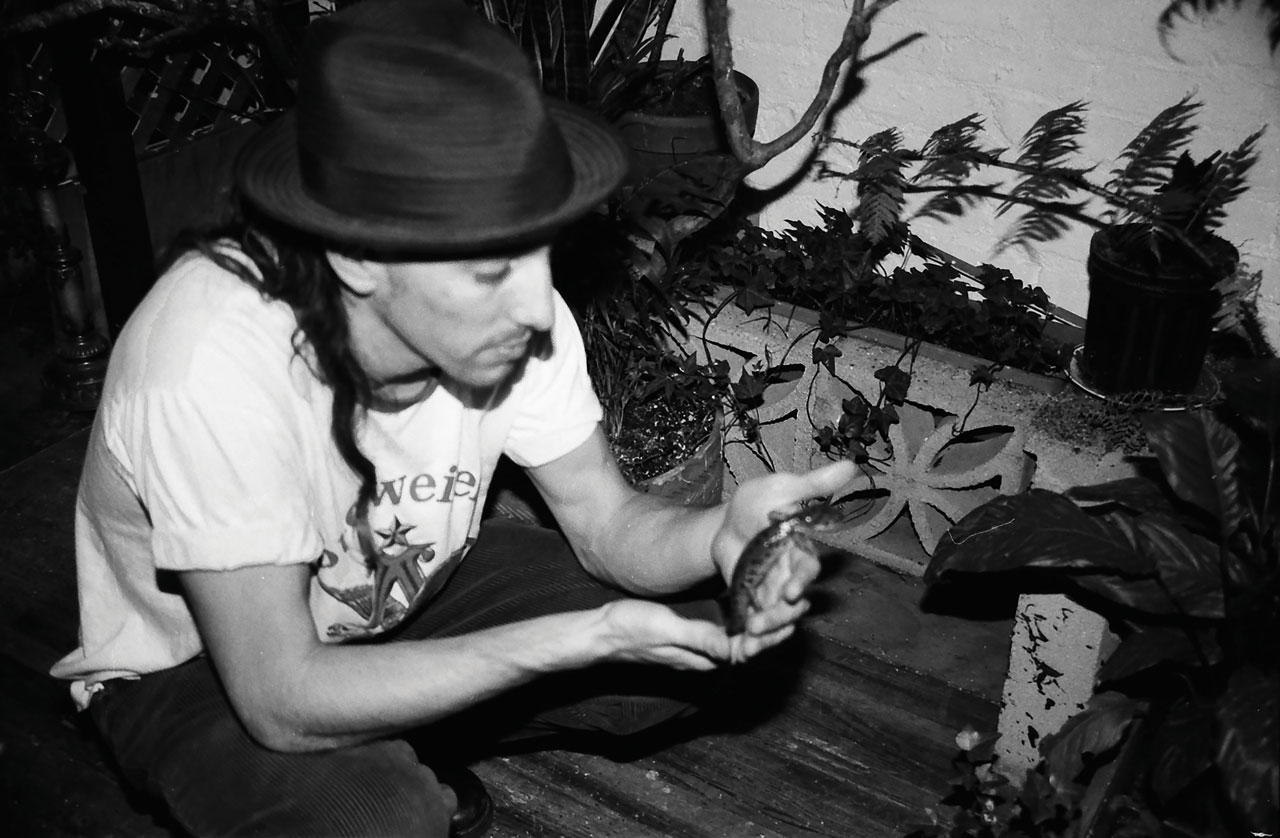
According to Bill, Adam’s girlfriend at the time worked in an office with his girlfriend. It wasn’t long before they were talking about Green Jello, who wore numerous goofy costumes on stage, including a cow, a pumpkin and a lump of shit (Shitman).
Sign up below to get the latest from Metal Hammer, plus exclusive special offers, direct to your inbox!
Intrigued, Adam’s girlfriend told her co-worker that Adam worked on costume effects. At their girlfriends’ suggestion, Adam and Bill met to talk shop.
Around the same time, Adam met Maynard James Keenan through a friend the singer was dating. The two musicians bonded about art, movies and music and soon became good friends.
“One day, Maynard played me a tape of a joke band that he was in. I went, ‘Maynard, you can sing. You sing good.’ So I kept bugging him to start a band on the side with me, just for fun,” Adam said in a 2008 interview. “At the time, I just wanted to play music as an outlet. I thought, ‘Here’s my job working on special effects for movies, and there’s my hobby playing guitar.’”
I listened to their demo non-stop and had my mind blown
Matt Marshall, A&R
The songs Maynard played Adam were by the band Children Of The Anachronistic Dynasty, which he had formed in Michigan in the mid-80s before he moved to LA. One of the tracks was an early version of Sober, unrecognisable from the version that helped break Tool.
Hoping to convince Maynard to jam with them, Adam brought him to Bill’s loft, where he was introduced to the Green Jello team. Although Adam and Maynard didn’t start playing together right away, Maynard, who was engaged by Green Jello’s scatological humour, joined the band as their second singer.
“I was very welcoming to everybody,” Bill said. “Somebody needs help, you give them food, you give them a place to live, you help them out creatively and you become friends. So Jim moves in, and he joins Green Jello and our little group of artists and musicians. But Jim’s a little grumpy.
"When someone would come to the house, I had to tell them first, ‘My roommate Jim is a little grumpy. He doesn’t mean any harm, he’s a good guy. If he says something rude or weird just ignore it. He’s a good person.’ So, Jim joins us and is creative. Then Jim cut his hair, and decided his name was going to be Maynard.”
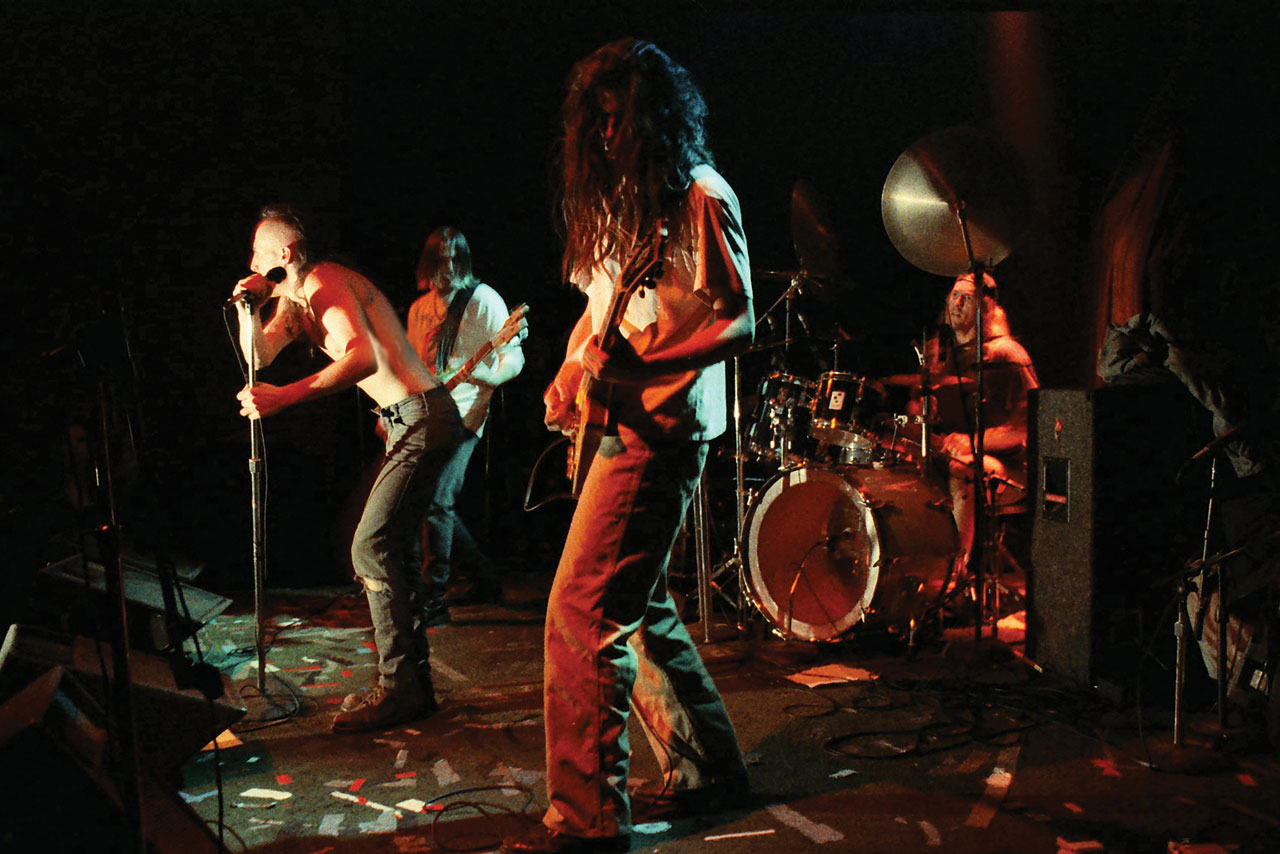
Maynard had a blast being a part of Manspeaker’s crazy art collective, but at first he was reluctant to do something more serious, which is why he hadn’t yet jammed with Adam.
As time went by, however, he got tired of working on music video sets all day for less than $50, so he decided that his creativity might be better applied in a professional band. And being new to the city gave him a different insight than that of many local musicians.
“I had just moved to LA in December ’89 and it was strange for me. It felt different,” Maynard explained. “It seems like kids that grew up there are kind of jaded because they’ve seen lots of people come and go and people fail and people succeed. They can’t really be excited and let that excitement push them into some kind of success.
"Going around with friends to clubs, I started noticing that most of the people that were playing music clearly were taking cues from A&R guys or marketing people. I’m an opinionated guy, so I kept expressing that opinion, and a bunch of people said to me, ‘Well, if you think you can do better, go for it.’”
When Maynard agreed to start jamming with Adam, they recruited Maynard’s friend Paul D’Amour, who had recently moved from Seattle to LA, to play bass with them. Since Maynard was already playing in Green Jello, and recognised Danny’s acrobatic abilities, he tried to get him to join them in Tool. Danny, who was already playing with numerous bands at the time, declined the invitation, so they flagged down a former drummer of Autograph to join them on drums.
“The guy didn’t show up, and Danny filled in because he felt sorry for us,” Adam recalled. “We were laughing our asses off about it afterward, because Danny said, ‘Well, I’ll sit in on the session, but that’s it.’ He sat in, and then he went, ‘Wow, we should jam again!’ Then he said we should jam a couple of times a week. From that point on he was in.”
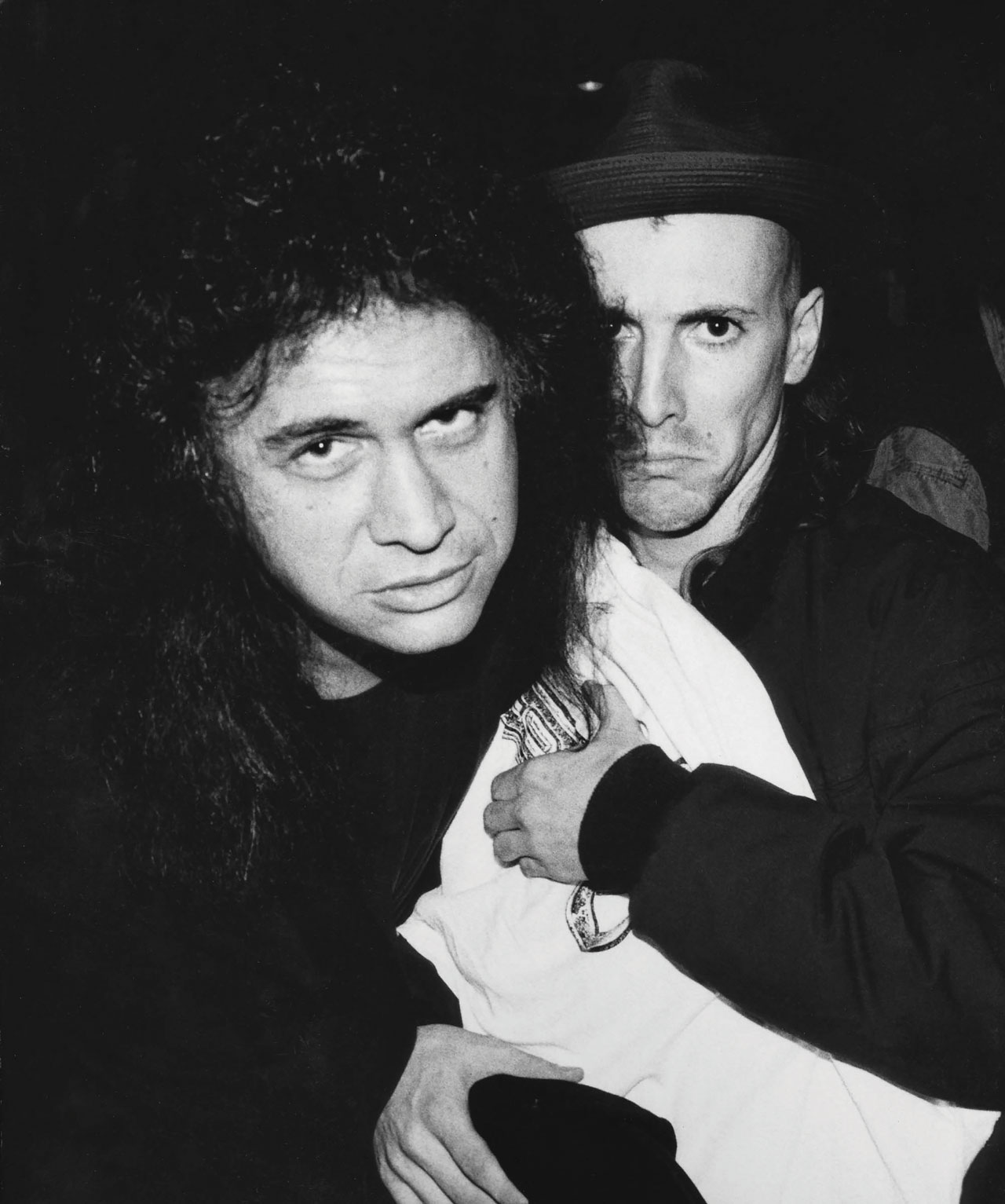
It wasn’t long before Tool had a handful of solid songs, which they eventually split between 1992’s Opiate and 1993’s Undertow. While Tool became more psychedelic and lyrically profound in the late 90s, they were initially motivated by being broke, living in a smoggy, overcrowded city, hating their neighbours and other pet peeves.
“My musical approach came from a lot of the frustration of living in LA,” Maynard said. “I was busting ass trying to survive. Rent was high, and there was a lot of weird hypocrisy in this dog and pony show that happens within the film and music industries, which I found very awkward. A lot of the original pieces were inspired by that kind of energy. The music was emotionally driven and reactionary. It was all about emoting and releasing that primal scream.”
When they had enough songs written, Tool started booking shows. Their first was at Bill’s loft. His friend Kevin Coogan, who worked at Green Jello’s label, Zoo Records, was there that night, and went to work raving about Tool. So his colleague, A&R man Matt Marshall, agreed to catch one of their shows a couple weeks later, at a venue called Club Lingerie.
“It was one of their first gigs, so they went on at one in the morning,” Matt recalled. “I was so tired I almost didn’t stay. But luckily I stuck around and saw them playing to about 10 people.
"And yeah, I was sort of shocked and wondering, ‘Was I just tired, or were they as good as they appeared to be?’ I asked Kevin if he could get a demo for me from Bill. A day or two later he showed up with that tape, of a demo they’d made, and I spent a few days listening to it non-stop and having my mind blown.”
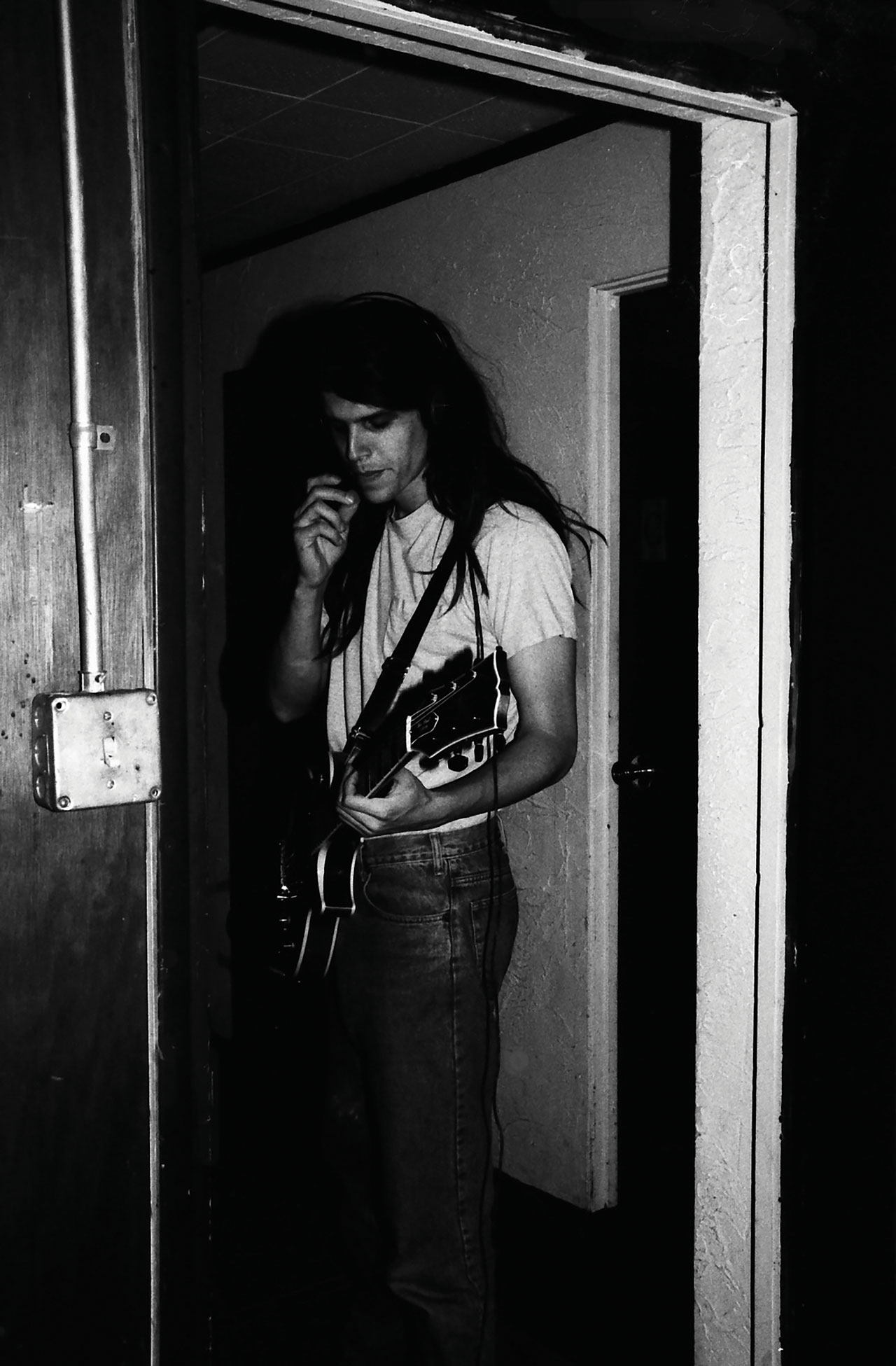
Tool were signed by Zoo Entertainment after only their seventh gig. Clearly, there was some luck involved, having met the right people at the right time. But the band’s approach to music was refreshing compared to all the other groups that were trying to get record deals by tapping into the alt-rock/grunge market and the success of Nirvana.
Tool had a different kind of aesthetic; each member had a distinct personality that helped propel the band. Maynard was heavily influenced by songwriters like Joni Mitchell and The Swans’ Michael Gira, both of whom injected a lot of emotion and heart-on-sleeve vulnerability into their music.
Danny was a highly skilled drummer heavily influenced by proggy players such as Rush’s Neil Peart. Paul, who came from the Midwest grunge scene, took a guitarist’s approach to bass, giving the songs a melodic anchor. Adam wasn’t just a power-chord riffer; he was also like a Surrealist painter who created dizzying pictures with sound, and didn’t pander to conventional ideas of song structure.
Our music was all about releasing that primal scream
Maynard James Keenan
“There was just no passion in the majority of the bands that were playing around town in Los Angeles,” Maynard said. “There was this A&R feeding frenzy out there, and no one was really delivering live. Then there we were, these four pretty pissed-off, relatively talented – comparatively – musicians.
"And I’d say we owed a lot to Nirvana. Nirvana opened the door for most music guys around town who were chasing their tails trying to find the next big thing. They hear us, and we don’t sound like most of the other stuff going on. So they don’t really get it, but they knew that it was different.”
Matt Marshall played the band’s demo for the president of the label, Lou Maglia, who was impressed. Soon after, the two of them were on a night out together to watch LA hopefuls Dumpster. When that band finished early, Lou agreed to go to see Tool at LA dive bar Coconut Teaszer.
“The guys knew that there was a chance he’d show up,” Matt said, “and they put on to this day one of the most ridiculously incredible sets I’d ever see them play. Maynard was super-intense, maniacal and all over the stage, and the rest of the band were just as phenomenal as they always were. Lou was like, ‘Get them to my office tomorrow!’”
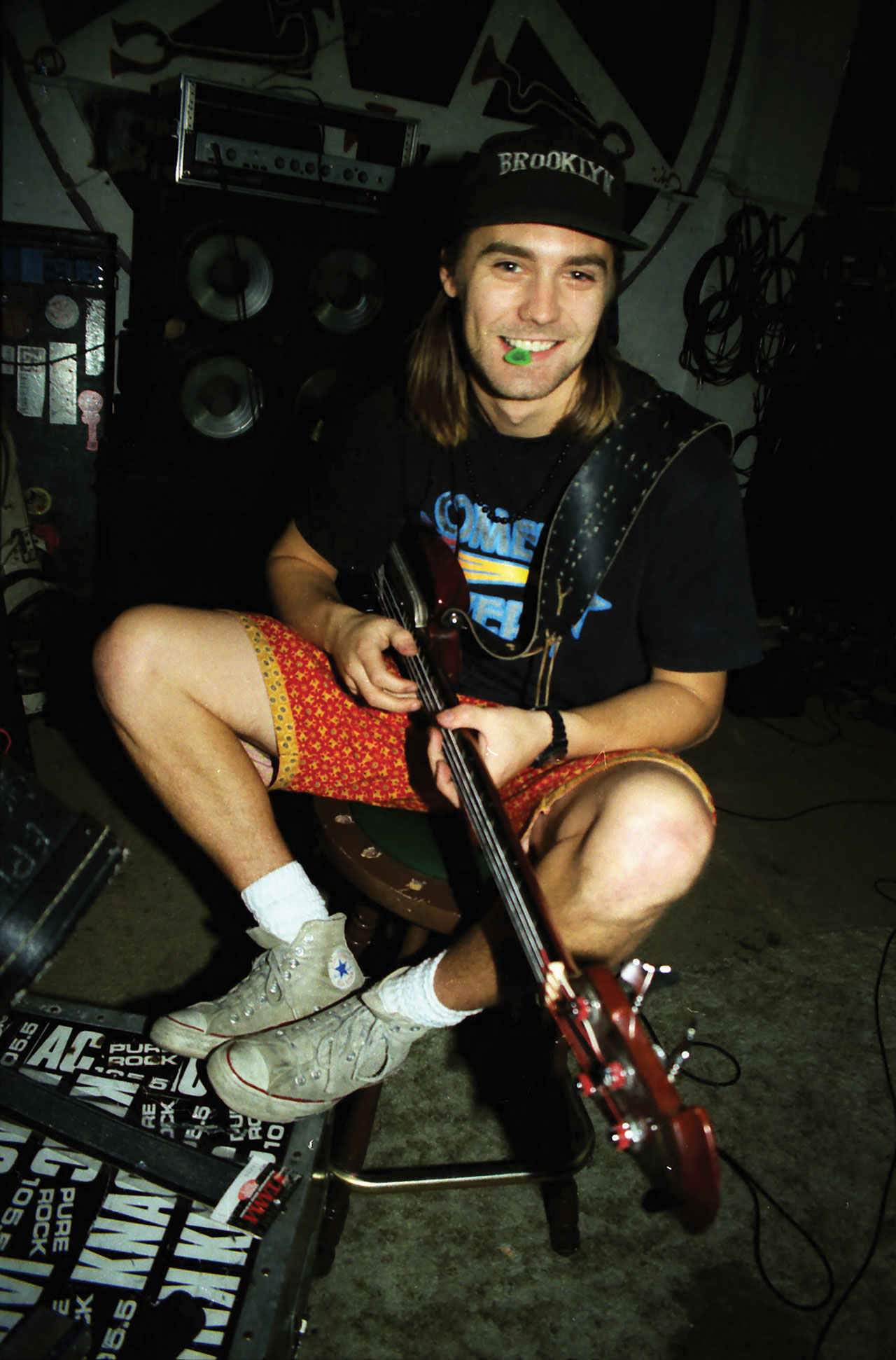
Zoo Entertainment hired producer Sylvia Massy to work with the band on the Opiate EP. Before they were scheduled to enter Sound City studios in Van Nuys, California, the band planned to play a New Year’s show at Bill’s loft. Knowing it would be a wild gig, they decided to set up professional recording equipment.
“I rented a remote truck with an API console in it and had it in the parking lot of the loft building,” Sylvia recalled. “We ran cabling up through the upstairs window to get into the main venue up there, and there was a huge party. Green Jello headlined, but Tool opened. It was a mob scene there, and Maynard was on fire. He really engaged the audience.
"His stature was like a troll, and he would lean over and spit into the mic, and his shrieks, his screams, were blood-curdling and really exciting. Yet he had kind of a soft, feminine dynamic too, because his voice could be very soft and he had a lot of control over that. So two of the songs we recorded at the show [Jerk-Off and Cold And Ugly] were used on Opiate.”
We smashed our guitars and tore them apart with chainsaws
Maynard James Keenan
While Tool had written most of the songs on Undertow by the time they recorded Opiate, they decided to enter the international music scene with a bang, not a whine. So they put their loudest, most abrasive songs on Opiate and saved the rest for later.
“For some reason, we felt like no one would take us seriously unless we recorded only our most killer, aggressive, in-your-face songs and put them out there at one time,” Adam said. “And I think that got us typecast as a metal band right off the bat. It’s kind of funny, because the song I thought was the least aggressive, Opiate, was the more popular one on the record.”
Armed with Opiate, Tool headed out on their first proper tour, and later opened some shows for Henry Rollins. “We’d find ourselves in some place like Akron, Ohio, playing a venue that looks like it holds about 500 people, but there are only five people there and those are the guys that are gonna play after us,” Maynard recalled.
“It was very awkward, but it didn’t really matter to us, because we were still getting to know each other. So being on a stage like that, hearing what things sound like in different venues, getting used to travelling, I think that was a very important step in our growth.”
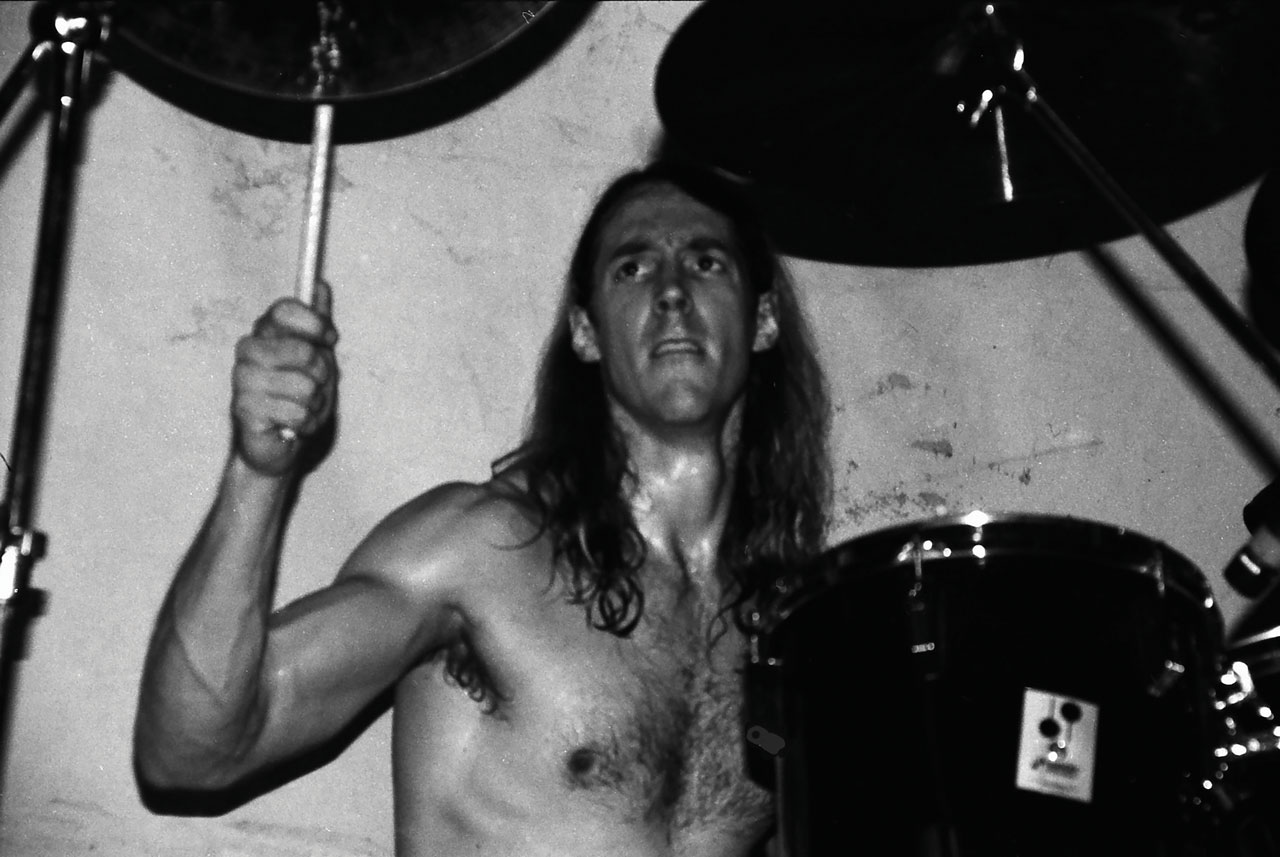
Realising that they needed to release a full album soon, to headline clubs and possibly receive more mainstream attention, Tool headed back into the studio with Sylvia Massy, this time splitting their time between Sound City and the dirtier, grimier Grandmaster Studios.
“That was a bit of a rugged place,” Sylvia recalled. “When we were recording at Grandmaster it was raining, and the water was pouring into the tracking room so badly that we had to stop recording because the sound was bleeding into the microphone. It was mouldy and there were mice living in the walls. At one point our monitors stopped working, and it turned out mice had chewed through the wire in the walls.”
Undertow may have been written mostly at the same time as Opiate, but sonically there’s a world of difference between the two. Opiate was gritty and heavy, balancing crunch with a bit of atmosphere.
With songs like Sober and Prison Sex, Undertow did the opposite, allowing Maynard to emote in a way that revealed sensitivity along with pain. The rest of the band found individual spaces to play to their strengths, instead of tumbling all over one another.
“We developed a lot in between those two albums, just as songwriters,” Danny said. “Before, I had a tendency to play everything and anything I could think of at any given moment. With Undertow, I started definitely playing more for the song and maturing as a musician and listening a lot more to my bandmates. And they were doing the same.”
Tool spent approximately three weeks in the studio recording Undertow. Once they had recorded the main tracks, they decided to experiment and create something rooted in pure chaos and destruction. The result was the album closer, Disgustipated. The dissonant, jarring track was inspired by an acoustic anti-vivisection benefit show Tool took part in at the Hollywood Palladium.
“We bought a stack of five-dollar acoustic guitars in Tijuana, Mexico and we came out and started playing Maynard’s Dick [found on 2000’s Salival box set] for this sold-out crowd that wasn’t at all there to see us,” Maynard said.
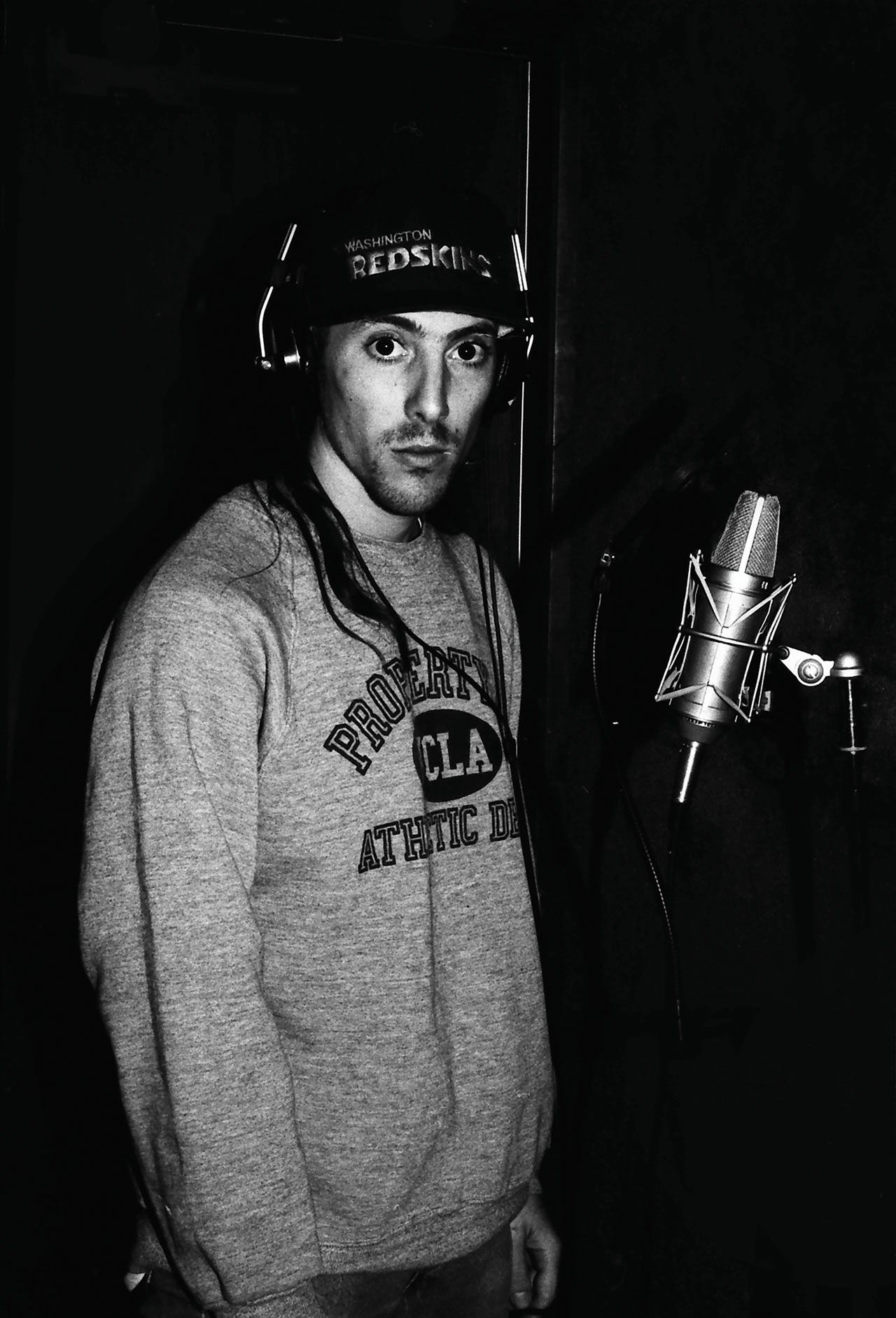
“Right in the middle of the song, we all grabbed these guitars and we just started smashing them and pulled out chainsaws and tore the hell out of these things. I had a shotgun with blanks in it, and I was shooting it inside the Palladium.
"Flames were leaping out of the barrel towards the curtain. I’m saying into the mic, ‘This is necessary! Life feeds on life [the repeating lyric that would end up on Disgustipated]’, and here are all these horrified people there to save the bunnies. They thought we were assholes. Of course, we were amused with ourselves, and that’s all that really mattered.”
“When we first got approached by this girl to play that show, she was wearing leather Docs and talking about how killing animals was wrong,” Adam recalled.
“We were like, ‘Umm, you’re wearing leather Docs,’ So we said, ‘OK, we’ll do it,’ but we went the other way with it. Life feeding on life is very natural. So, after we did this big thing, the same girl wearing leather Docs went, ‘Oh, that was sooo great.’ She totally missed the point!”
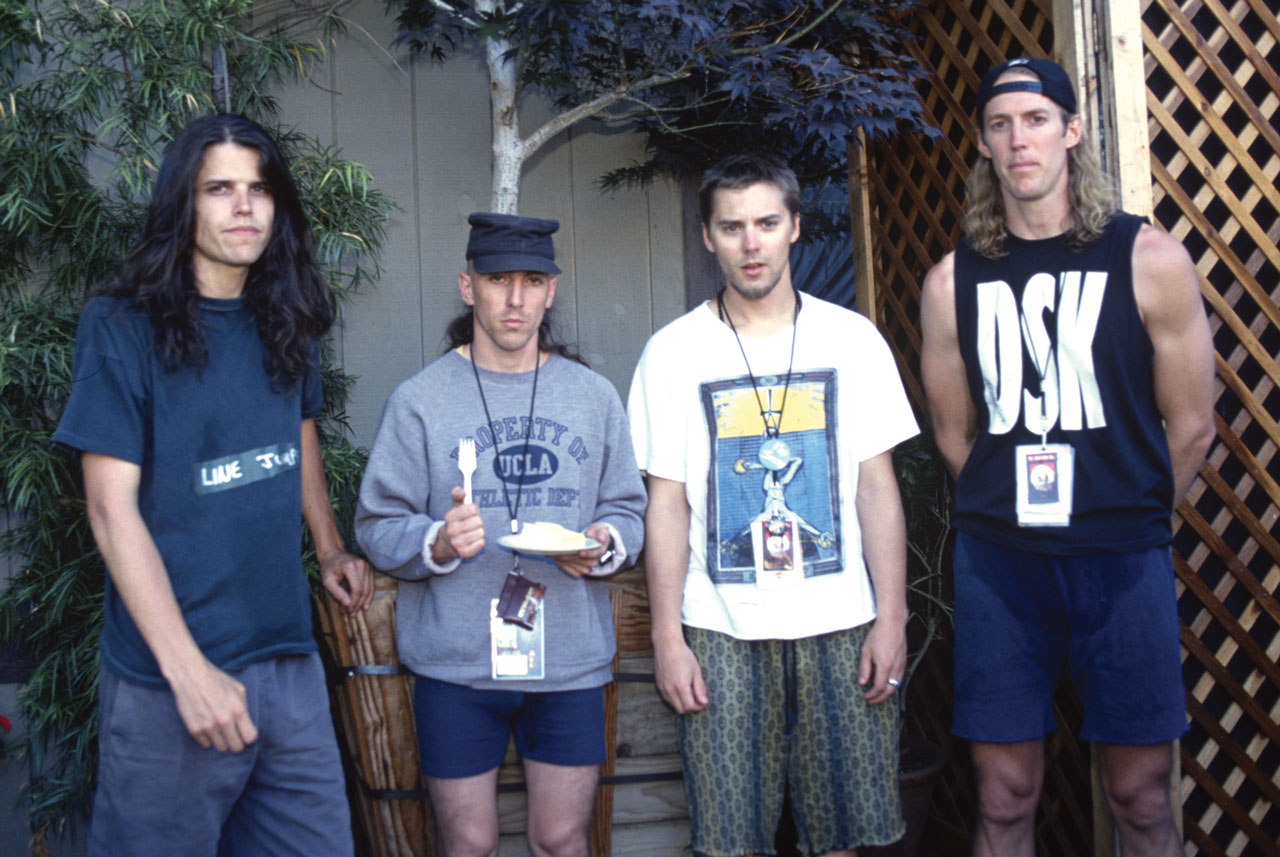
For Disgustipated, the band bought two pianos for $100 each. With the permission of the studio owner, they set up the pianos in the huge indoor parking lot, smashed the instruments and shot them full of holes.
Then, with the help of Sylvia Massy and programmer Eric Anest, they scrambled the sounds of demolition to create a haunting industrial track. It ends with a nine-minute recording of crickets, and a snippet of spoken-word poetry that was left on Maynard’s answering machine.
For Tool’s record release party, Maynard somehow got the Hollywood Church of Scientology to agree to allow the band to play a special concert on their grounds.
“I kept getting calls from the Center wanting to hear the music, and it was like, ‘Oh, I don’t want to send them the music,” said the band’s former publicist, Leah Horwitz. “And then they came over and met with us, and they did the concert there, and it went well. It was just an interesting place to play.”
“It was all a huge sarcastic thing,” Bill said. “Scientology is a huge religion here in Hollywood. So Tool played the Celebrity Center in this gothic-looking castle, and only the super-important Scientologists get to go there and party. Maynard just wanted to sing these disruptive songs in this place of Scientology. He wanted to be annoying.”
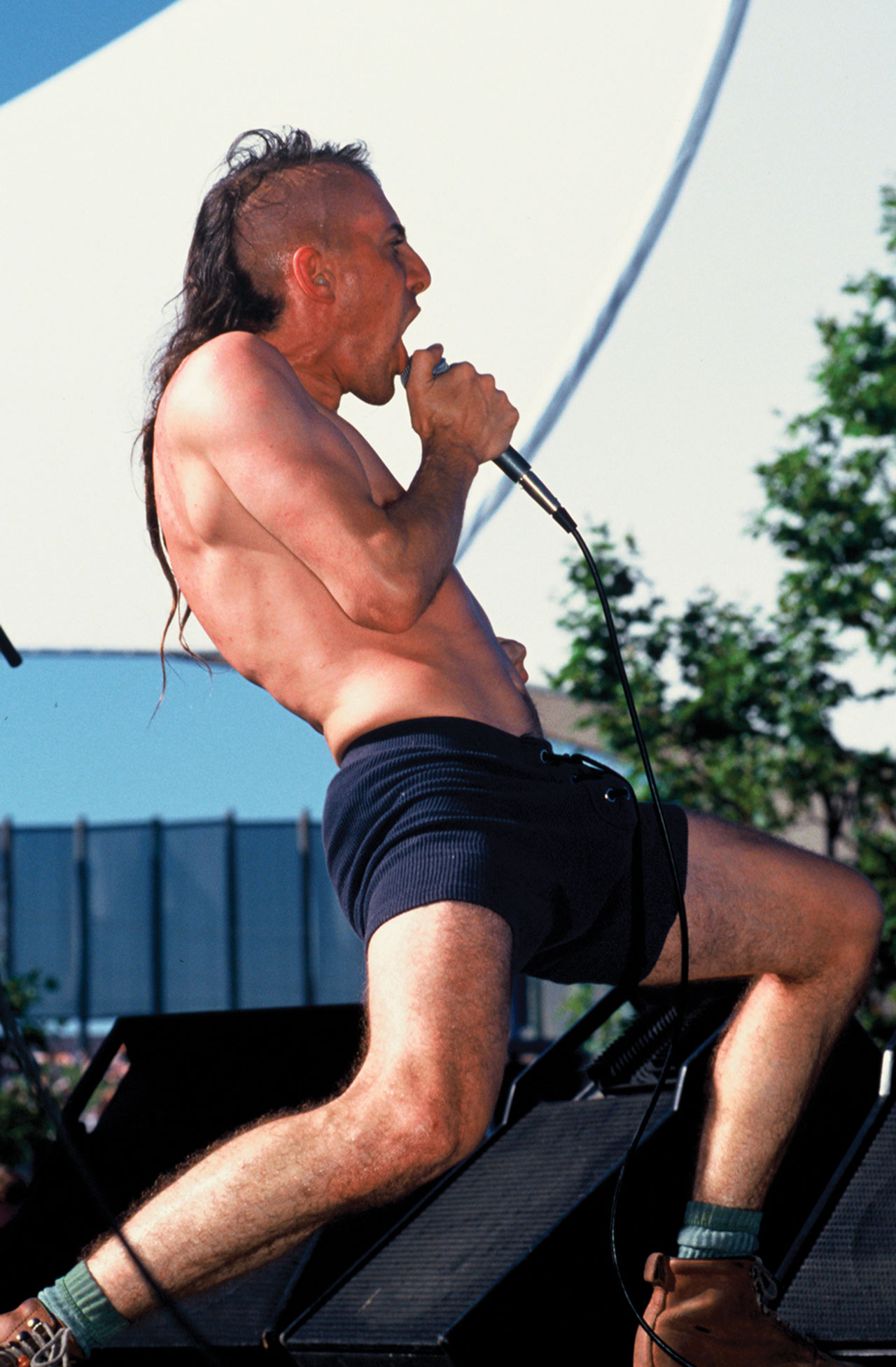
For all the buzz Tool had created, Undertow got off to a slow start. The EP shifted about 2,500 units in its first week. With strong connections from the band’s label and management team, Tool were given a slot on the second stage of the 1993 Lollapalooza festival, which also featured Primus, Alice In Chains, Rage Against The Machine and others. Halfway through the tour, Tool were moved from the second stage to the main stage, where they were one of the highlights.
“At that time, that was the only tour of that sort in the world, which was just mindblowing for us,” Danny said. “All of a sudden we were playing to 20,000 people a night. I had so much adrenaline, I’d count off the first song and then it would seem like I’d blink my eyes and it was over.
"But we got a lot of attention for that, so MTV played our video for Sober one time and they got bombarded with requests. We watched our record go from nowhere up to Number 50 on the charts, and it stayed there for two years.”
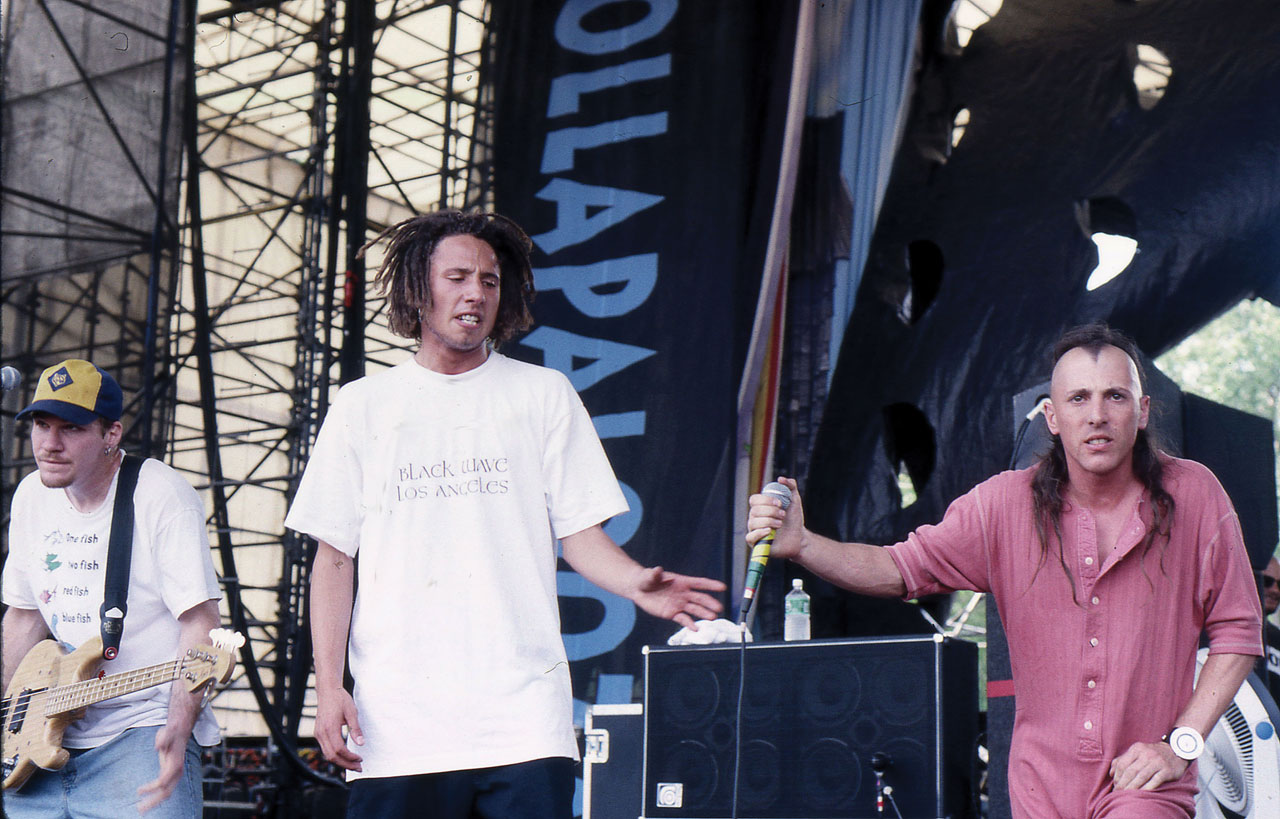
As Tool continued to attract more mainstream listeners – Undertow would eventually go double platinum – the band started questioning why its subversive messages were winning over commercial audiences, and whether they had turned the wrong corner somewhere.
In addition, personality conflicts erupted, and being in a crowded bus for months at a time exacerbated tensions within the band. By the end of the tour, the four musicians that had been best friends needed some space, and parted ways with Paul D’Amour due to creative and personal differences.
“Some of the growing pains really started to set in when we were on the road for Undertow, where you’re starting to figure each other out and figure out what the nuances were and hang-ups and emotional and mental obstacles,” Maynard recalled.
“We started to really see that the business is a tough one to fucking navigate and get away from. I think we went from zero to jaded in under 30 seconds. The honeymoon was definitely over.”
But the band’s creative and commercial success had only just begun.
